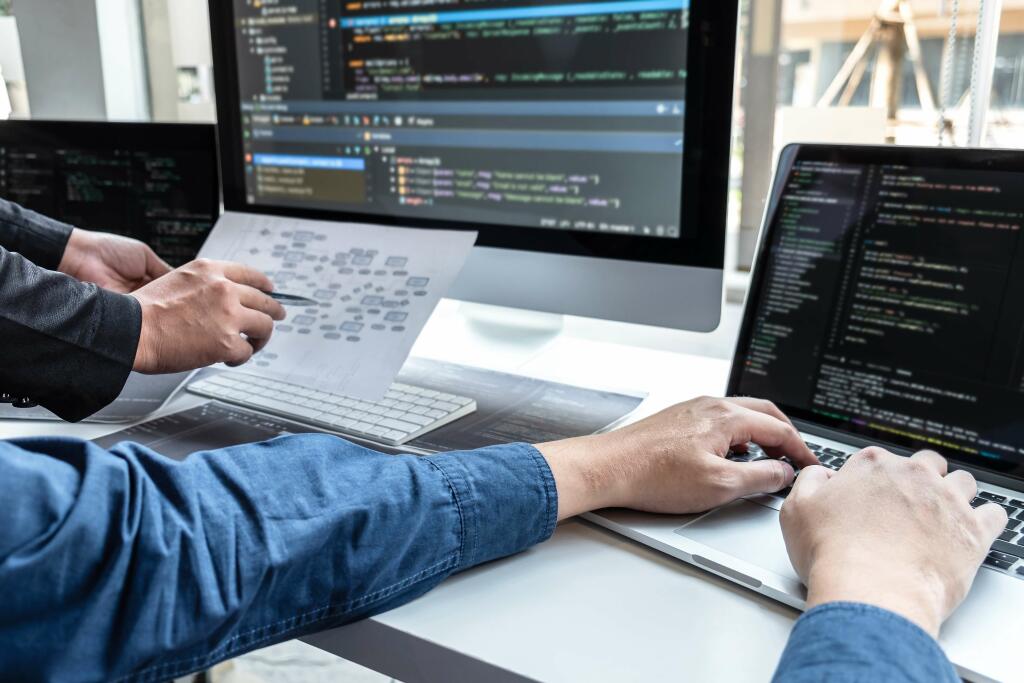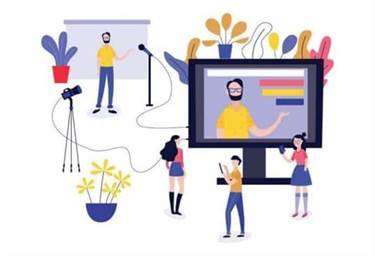Benefits Of VR For Online Teaching
Content
- Educators in VR Cyberbullying Team at AWE Live
- Transforming Education with AR/VR: Enhancing Assessment and Evaluation for the Future of Learning!
- Vr Teacher photos
- Varwin Education pricing plans
- Teaching Archaeology in VR: An Academic Perspective
- Teachers’ perceptions of using virtual reality technology in classrooms: A large-scale survey
- Feedback of teachers about Varwin Education
Varwin was initially brought into play at a hackathon where we had put together an astronomy project and showed how the planets move in orbits. Next year we are going to acquire the Varwin Software Suite through our co-investors, because we are watchful of how things stand in the area of education and are aware that the VR era is already in. Promotes the development of communication skills virtual reality in education (e.g. writing skills, presentation skills). This is an open-access article distributed under the terms of the Creative Commons Attribution License . The use, distribution or reproduction in other forums is permitted, provided the original author and the copyright owner are credited and that the original publication in this journal is cited, in accordance with accepted academic practice.

Her research interests focus on immersive VR learning/teaching environments and embodied cognition in the field of Second Language Acquisition. VR application in the online classroom is possible now that digital tools are becoming more accessible to all users. You can become an innovative educator or teacher by introducing VR technology into your virtual classroom.
Educators in VR Cyberbullying Team at AWE Live
As mentioned earlier, most of the participants were at the early stages of VR technology integration. Less than 30% of the participants felt comfortable with the VR technology and could use it as an instructional tool in the classroom . This finding suggests that just knowing what VR is, does not necessarily lead to actual use and integration in the classroom. The large sample of this study is representative of the Russian educator population, and the results provide a better understanding of the current state of the VR integration and teacher readiness in Russian schools. In addition, the results provide useful insights into how to better prepare Russian teachers for effective VR integration into teaching and learning. The survey findings indicate that almost 45% of respondents are aware that their schools have the equipment but know nothing about its model or manufacturer.

The p value of H1 and H4 reached a significant level of 0.01, indicating that VR time and space have a positive and significant impact on learners’ understanding, and imagination has a positive and significant impact on learning effects. The p value of H3 reached a significant level of 0.1, indicating that VR time and space have a positive and significant impact on learners’ imagination. The p values of H5, H7, and H8 did not reach a significant level, indicating that VR time and space do not have a positive and significant impact on interactivity. Interactivity has no positive and significant impact on learning effects, and technical availability has no positive and significant impact on understanding.
Transforming Education with AR/VR: Enhancing Assessment and Evaluation for the Future of Learning!
Also, linking what students do in the virtual world to assignments in real-life helps them to transfer the skills and knowledge beyond VR. As seen in Fig.4, there was also an excess mass of observations (62%) within the central portion of the distribution . A little less than half of the participants (45%) indicated that they had balanced instructional approaches and experience with low level of VR integration . As Fig.3 shows, 61% of the participants reported that they keep the balance between teacher-centered and student-centered approaches.
We stopped to briefly observe some students enjoying dance practice at their school gym, and our customer partner for the project, Smart, commented on how it was so good to see the students back on campus. “We have been helping schools to adapt to the pandemic through our crisis resilient education programs that https://globalcloudteam.com/ support distance learning, and it was so sad to see the schools deserted,” Stephanie Orlino, AVP and Head of Stakeholder Management, shared. “Now that they’re back, we hope that our joint project will inspire the teachers to use more ICT tools to engage their students and ensure that no learner is left behind.”
Vr Teacher photos
Nevertheless, it is surprising that the frequency of VR use had a weak, positive correlation with availability of IT personnel. This finding indicates that some teachers may integrate VR into the classroom independently without IT support. In fact, about a quarter of the participants (27%) reported the absence of IT personnel in their schools. The goal of the application is to train students to learn and improve their skills in calligraphy and Chinese painting techniques, with technical modeling and learning interaction.
This issue is often linked with inadequate time to learn how to use the equipment, but also the necessity to adjust the traditional curriculum to fit the use of the new medium . Relationship model of VR time and space characteristics influencing skill-based learning. With augmented reality, students can now explore distant lands and marvel at long-extinct creatures, all from the comfort of their own school. With the help of immersive technologies, students can gain a richer understanding of the world around them—and prepare for success in the real world.
Varwin Education pricing plans
More specifically, we expected that student-centered teachers would be at higher stages of VR integration than teacher-centered teachers. We kept this in mind when we were thinking about creating a virtual reality-based teacher training project for selected public-school teachers in Manila, as well as for teachers-in-training who are studying at the Philippine Normal University. Depending on the area of specialization, educators can leverage VR technology where applicable to enhance student retention rate and academic performance. Virtual Reality is an immersive and engaging way to deliver certain lessons, i.e., science-based, engineering, and even professional training. One study on the impact of VR on academic performance indicated that learners who were trained using VR outperformed those who were taught using the traditional approach by 93%.
In fact, given that language instruction is particularly attractive in VR, based on the current study, Kaplan-Rakowski et al. explored how a subsample of language teachers perceived using VR in the classroom. Further analyses could consider responses of teachers with various experience levels and ages, to depict how particular sub-samples view VR for education. It can be difficult to know how to improve learning initiatives in any educational form, but VR in education is likely to become more prominent. Virtual environments make it impossible for students to stop listening and to disengage. This is very different from normal online programs, where there may be no supervision mechanism, making it possible for students with poor autonomy to lose interest and learn bad habits . During COVID-19 lockdowns, teachers have found it difficult to sustain students’ attention between screens, and the systems used may not have a feedback mechanism.
Teaching Archaeology in VR: An Academic Perspective
During the visits, the team had the chance to discuss with leaders and teachers at the two schools about the potential applications of VR while touring around the campus to observe classroom settings and interact with students. To effectively use VR in the classroom, teachers should become familiar with the technology and understand how to integrate it into the curriculum. Once they are confident with the VR technology, they will use it more creatively and frequently. It appears that most Russian teachers need professional development opportunities that can help them develop technological, pedagogical, and content knowledge beyond the basic technical knowledge about VR. As the TPACK framework suggests, technology integration requires much more than technical skills (An & Reigeluth, 2011; Koehler & Mishra, 2008; Mishra & Koehler, 2006). Recognizing the importance of the links among technology, pedagogy, and content, the VR professional development programs should provide teachers with VR integration opportunities in authentic contexts.
- There are plenty of students endowed with imagination; VR helmets are issued by the government; and once the simple-to-use and user-friendly VARWIN XRMS platform is downloaded, it will enable an unlimited number of training projects to be pumped out without buying anything else.
- At Ericsson, we see the same contrast when it comes to access to digital connectivity, tools, and skills.
- A little less than half of the participants (45%) indicated that they had balanced instructional approaches and experience with low level of VR integration .
- The relationship between the frequency of VR use and VR technology integration level was examined based on the responses of those teachers who use VR rarely, when necessary, often, or always.
- All participants completed the questionnaire online via the Internet, and 152 valid questionnaires were recovered.
- The implementation of VR instruction seems like a viable way to continue with learning in a more engaging way.
- The more a student is able to pay attention to information, the greater the probability is that the information will be retained.